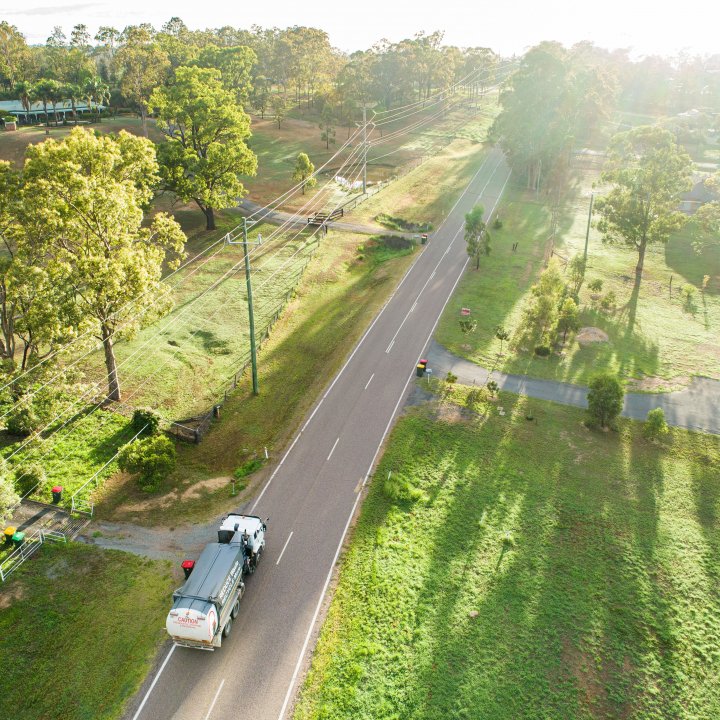
Councils have the option of using a net present value (NPV) approach when determining contribution rates in a contributions plan.
This Technical Paper outlines our recommended approach to calculating the discount rate and other aspects of modelling local infrastructure contributions using a NPV approach.
We first published a Technical Paper on modelling contributions in September 2012 and we revised the paper in June 2015, February 2016, August 2018 and August 2024.
The purpose of this update to the Technical Paper is to reflect the publication by the Department of Planning Housing and Infrastructure of the Section 7.11 Contributions Practice Note which replaces the 2019 Practice Note and 2005 Practice Notes. This update to the Technical Paper fixes links and references to the Practice Notes and Ministerial Directions. This update does not represent a change to IPART’s current approach.
The NPV approach involves using a discounted cash flow model, where contribution rates are calculated so that the present value of anticipated revenue from future development is equal to the present value of anticipated costs of the infrastructure needed to service future development. We publish the latest recommended nominal and real discount rates biannually on our website in February and August each year. See Local government discount rate.
We are reviewing the methodology for calculating the local government discount rate. For more information on this review and to get involved, please visit our website: Review of IPART’s local government discount rate methodology.
Current
Previous (superseded)

